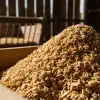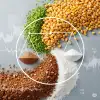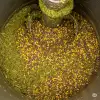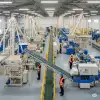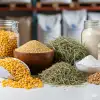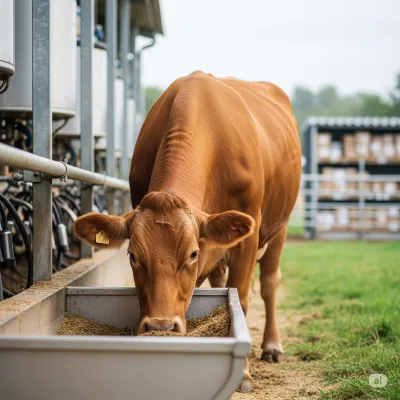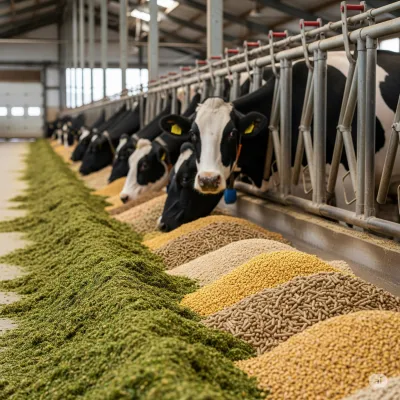Is Factory Feed or Your Own Feed More Profitable?
One of the most critical decisions in livestock farming: is factory feed or your own feed more profitable? This blog post details the costs, advantages, and disadvantages of both options. Find out which method is better for your farm!
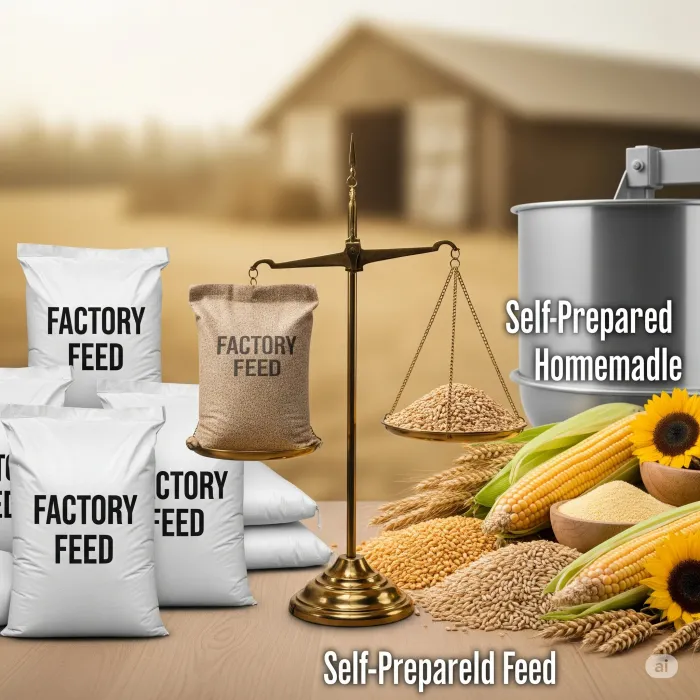
Is Factory Feed or Your Own Feed More Profitable? Here's the Answer!
---One of the most important questions for anyone involved in livestock farming is: should I feed my animals with ready-made factory feeds, or should I prepare my own feed? The answer to this question can vary depending on many factors. Let's explore this topic in detail together and find out which option might be more profitable for you.
Cost Comparison: Factory Feed vs. Your Own Feed
Factory feeds are typically prepared to certain standards with balanced nutritional values. This provides great convenience, especially for small-scale operations or those without experience in feed preparation. However, the price of factory feeds can fluctuate based on exchange rates, raw material market prices, and transportation costs. What about preparing your own feed?
The biggest advantage of preparing your own feed is **cost control**. You can achieve significant savings by purchasing raw materials in bulk or by producing them on your own land. Additionally, you can prepare custom rations according to your animals' needs, thereby avoiding unnecessary expenses. However, preparing your own feed requires knowledge, equipment, and time.
Advantages and Disadvantages of Ready-Made Factory Feeds
Advantages:
- Convenience and Time Saving: You don't have to deal with the hassle of feed preparation.
- Balanced Nutritional Value: Offers balanced rations prepared by experts.
- Guaranteed Quality: Generally subject to specific quality standards.
Disadvantages:
- High Cost: Can be more expensive in the long run.
- Market Dependence: You are affected by price fluctuations.
- Lack of Flexibility: You cannot adjust according to your animals' specific needs.
Advantages and Disadvantages of Preparing Your Own Feed
Advantages:
- Cost Saving: Can create significant differences compared to purchasing raw materials.
- Flexibility and Control: You can prepare feed according to your animals' age, species, and production stage.
- Quality Control: You can be sure of the quality of the raw materials you use.
- Increased Profitability: Can increase the profitability of your operation in the long run.
Disadvantages:
- Requires Knowledge and Experience: You need nutritional knowledge to create the correct ration.
- Equipment Investment: You may need feed mixing and storage equipment.
- Time and Labor: The feed preparation process can be time-consuming.
- Raw Material Availability: Some raw materials may be difficult to procure.
Example Raw Materials and Nutrients
If you want to prepare your own feed, it is important to know which raw materials you can use and what nutrients they contain. Here are some common raw materials and the essential nutrients they provide:
| Raw Material | Key Nutrients | Purpose of Use |
|---|---|---|
| Corn | Energy (Carbohydrates) | Rapid growth and weight gain |
| Barley | Energy, protein | General nutrition, meat and milk yield |
| Wheat | Energy, protein | Animals with high energy requirements |
| Sunflower Meal | Protein | Muscle development, milk yield |
| Soybean Meal | High Protein | Growth, milk and egg yield |
| Alfalfa | Protein, fiber, vitamins, minerals | Forage, general health |
| Bran | Fiber, vitamins, minerals | Digestive health |
| Calcium Carbonate | Calcium | Bone health, eggshell quality |
| DCP (Dicalcium Phosphate) | Phosphorus, calcium | Bone development, reproductive health |
| Vitamin-Mineral Premixes | Various vitamins and minerals | Metabolic functions, immune system |
This table is just an example. Different raw materials and ratios can be used depending on the animal species, age, and production purpose.
So, Which Option Is More Profitable?
Ultimately, **which option is more profitable depends entirely on your farm's conditions.**
- If you have a small-scale operation, lack knowledge in feed preparation, or don't have sufficient equipment, **factory feeds** might be more practical and initially more suitable.
- However, if you have a large-scale operation, easy access to raw materials, and the knowledge and equipment for feed preparation, **preparing your own feed** can be much more profitable in the long run. By doing so, you can maximize your earnings by reducing costs and improving your animals' performance.
Remember, in both cases, ensuring your animals receive a balanced intake of the nutrients they need is paramount. Don't hesitate to seek support from an animal nutrition specialist if necessary.
So, which method do you prefer? Share with us in the comments!
